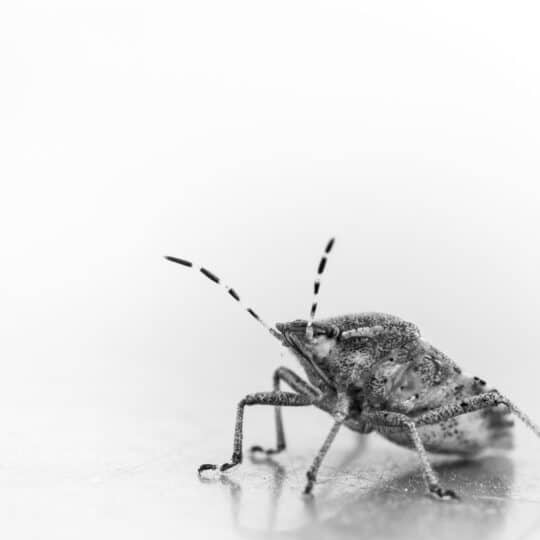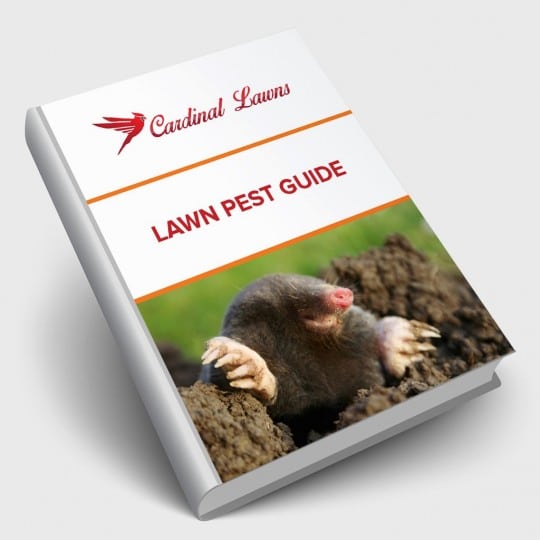What are Chinch Bugs
And How to Deal with Them
Posted
June 25, 2020

It’s the start of summer! You want to get outside and enjoy your lawn. But if your grass is looking less than ideal, it also may be the start of a pest infestation. Learn more about the signs and treatment plan to put chinch bugs in their place.
Signs of Chinch Bugs
If you water, mow and fertilize according to the guidelines for your specific type of grass, but it still looks dead in spots, you could be dealing with chinch bugs. At only about half an inch long they may be tiny, but they can do massive damage to your lawn if left untreated.
These pin-sized pests are hard to see but easy to recognize. They go from yellow to red to black at maturity—all in about a six-week span. They have white stripes across their bodies and wings at their back.
You may notice their destruction first: drought-like dead spots across your lawn. They feed on grass blades, sucking them dry. If that wasn’t bad enough, they also inject a toxin into the grass as they eat, which does further damage. Although, it’s not harmful to humans, only a process to have to treat.
Dealing with the Aftermath
If you’ve determined you definitely have chinch bugs—either by seeing them or asking a professional—there are lawn products available that will kill them. Some formulas even create a barrier to help prevent further infestation and damage.
Before you apply any treatment, it’s best to get a professional assessment of the situation, especially if you’re not sure what you’re dealing with. Then carefully read all instructions for the pesticides you’re using, as some may be harmful to other plants. For more information on identifying and treating chinch bugs, contact Cardinal Lawns. Then get back to enjoying your yard for the remainder of the summer season.

Download Your FREE Lawn Pest Guide
Pests become most prevalent during the heat and humidity of summer. Take some time to learn about the signs of infestations before any damage can be caused to your landscape. This handy guide will teach you how to spot common lawn pests and how to keep them from causing harm to you and your property.